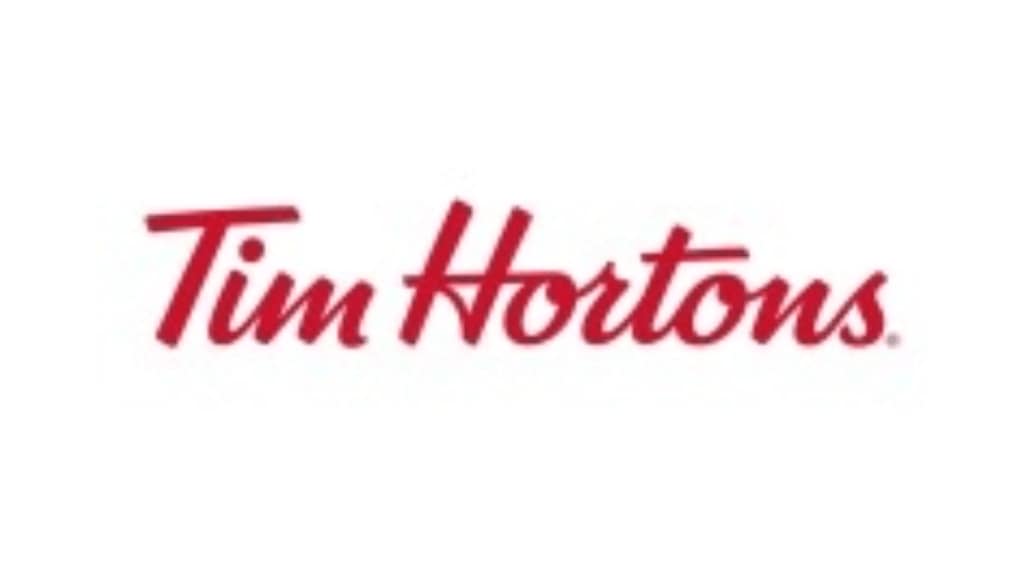As the coffee culture takes deeper roots in India, Canadian multinational coffee chain Tim Hortons is certain it can speed up expansion in its second year in the country. Tarun Jain, CEO of Tim Hortons India, tells Christina Moniz why localisation is crucial and how customer service is as important as the product in establishing consumer affinity in a highly competitive market. Edited excerpts:
The brand is a fairly late entrant in the Indian market, which already has strong global and local brands. Do you believe that is a major disadvantage?
The café market in the country is still very under-penetrated even with so many international and regional players. If you look at the total number of organised cafés in India versus the population in the country, it is a really small number. And while it is often said that India is more of a tea-loving country, it is not the case in certain regions like the South markets. New brands, whether global players or even regional ones, are good for everyone in the business. As an international brand in a diverse market, we try to offer a wide range of our iconic beverages in India. India has a rapidly growing middle class that is exposed to international trends and brands. Many of our customers are well-travelled and are looking for an experience that is on par with those in developed markets, which is what we offer.
During our first year in this market, we did a great deal of testing and innovation in our food menu. We offer food that is a fusion of international concepts and local flavours. So we have a chicken tikka croissant and paneer tikka wrap on our menu, alongside some of our signature offerings such as Timbits. Localisation is an important part of our strategy. Our view is that there is enough growth potential across the country and we are still nowhere near saturation in any of the cities that we operate in. Further, consumers are often looking to experiment with new brands, food and beverage experiences. There are also multiple meal or consumption occasions, so a consumer may walk into our store for one meal, and perhaps try another brand outlet for his next meal or beverage.
What milestones do you hope to cross this year in terms of new markets and number of outlets?
It has been a great first year for the brand. We made inroads into the North market first and after launching our stores in Delhi NCR and Punjab, we entered Mumbai in June this year. We now have a total of 19 stores across eight cities, which is very much in line with the targets we had set. We’re in the process of launching stores in Bengaluru and Pune as well. There is a lot of work that goes into developing a market, especially from a supply chain perspective. We have identified certain geographies such as Delhi NCR, Punjab and Mumbai where we want to expand. The strategy is to widen our presence in cities that we’ve already entered, before launching in new markets. We expect to have 120 stores in India by 2026. More than increasing our store footprint, our focus is on ensuring excellent customer service, affordable experiences and good product quality.
Have you assessed the opportunity in the takeaway or delivery segment?
This differs and depends on the location of our stores. For example, our outlets in malls have a higher number of dine-ins and takeaways, while high-street locations may have a larger share of delivery business.
We do not have plans to launch only delivery or takeaway format stores. All our outlets have a large seating space and comfortable ambience. The store size varies from a 1,000 to 3,000 square foot area, which is why we have a sizable dine-in business across locations. Consumers walk in to experience the brand and the ambience.
Further, after the pandemic and with the popularisation of a hybrid work culture, cafés are now an extension of the home and the workplace. We offer free wi-fi and comfortable seating for people who want to work out of our stores. Aside from working professionals, there are a good number of families with children as well as young people who frequent our cafes. Our endeavour in terms of our product portfolio and pricing is to cater to all consumer segments.
What steps are you taking to boost brand awareness for Tim Hortons and encourage more customer walk-ins?
Since our presence is only in specific geographies at the moment, we do a lot of local outdoor advertising to drive awareness for the brand and let consumers know where to find us. Additionally, since a good proportion of our customers are GenZ and millennials, we extensively use digital and social media, influencer partnerships and radio to promote our brand. One of the campaigns we’re currently running is ‘be yourself at Tim Hortons’, which encourages customers to walk in and feel at home in our cafes irrespective if you’re young, old, working or retired.
